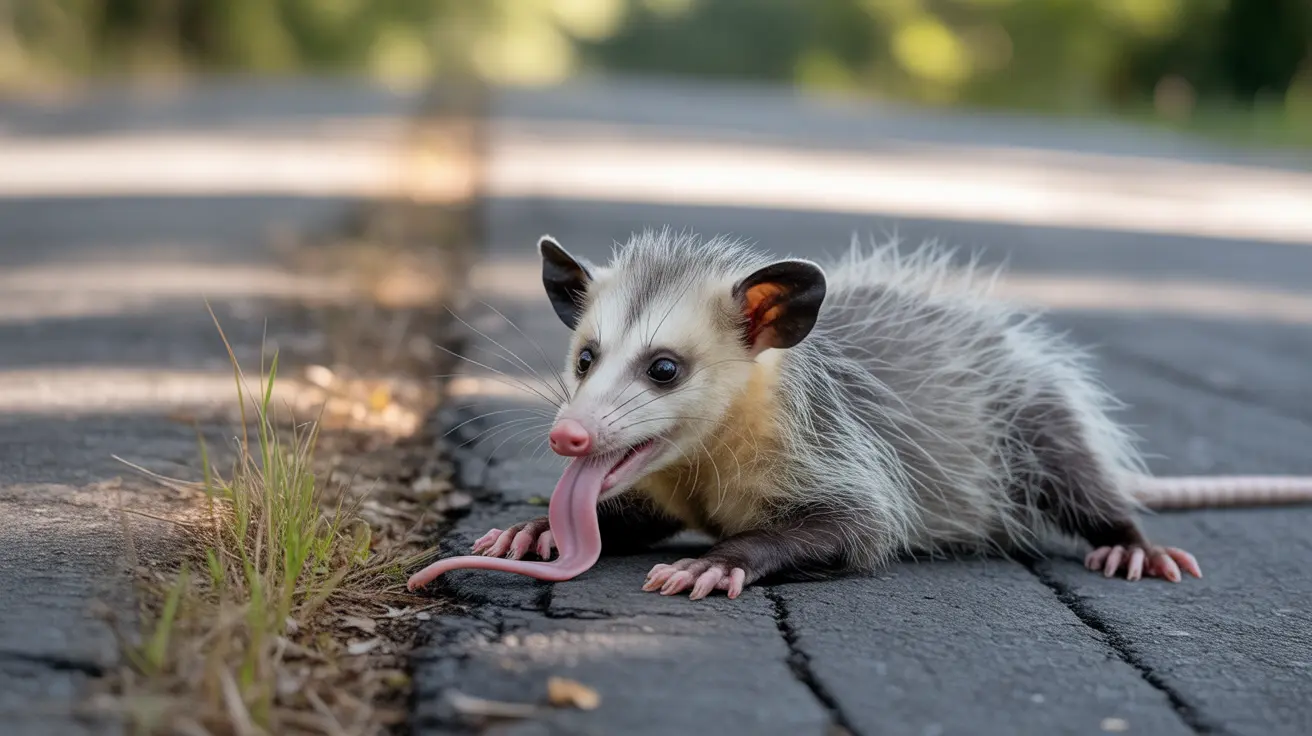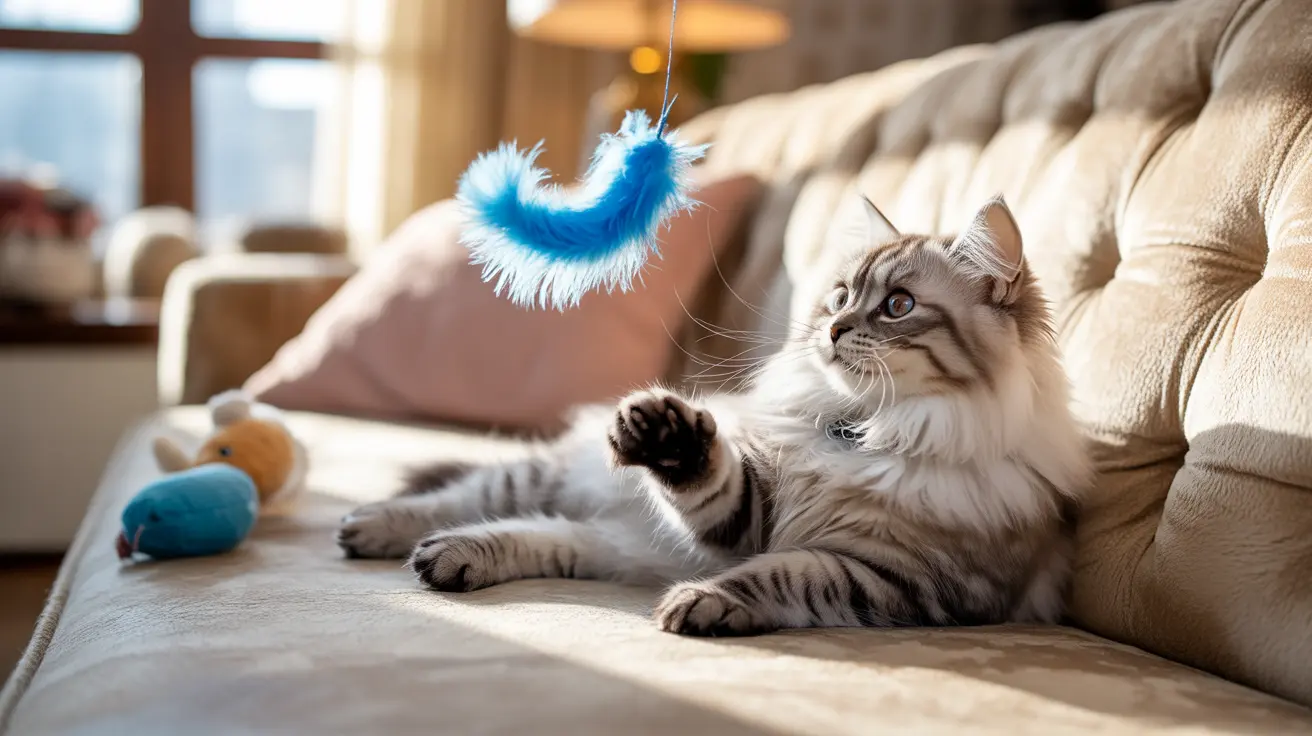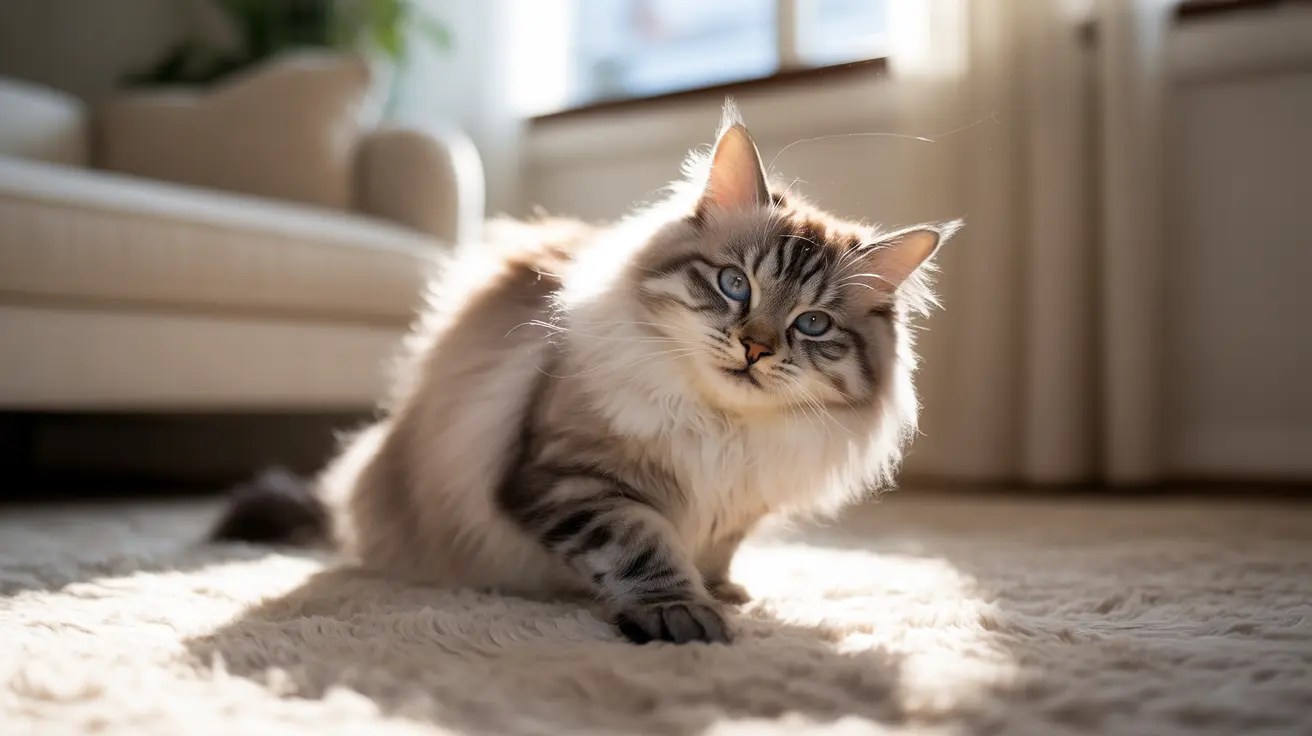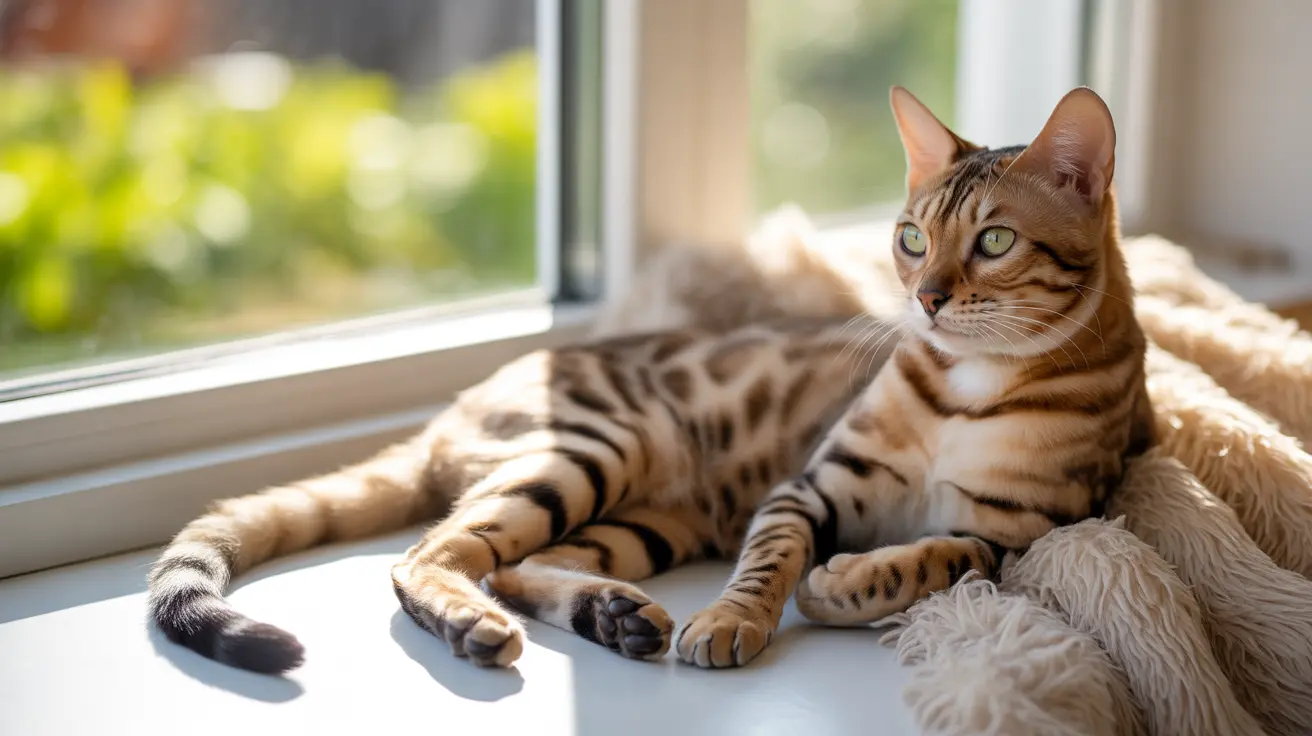Pet owners and animal enthusiasts have long been intrigued by the remarkable survival strategy known as thanatosis, or tonic immobility. This extraordinary behavior involves animals feigning death to escape predators, a tactic that has evolved across numerous species worldwide. From backyard encounters with opossums to observing unusual behavior in household pets, understanding this defense mechanism provides valuable insights into animal behavior and survival instincts.
Thanatosis represents one of nature's most dramatic survival strategies, where animals essentially "shut down" their normal responses to appear lifeless. This involuntary reflex has fascinated scientists and pet owners alike, as it demonstrates the incredible lengths to which animals will go to protect themselves from perceived threats.
Animal Defense Mechanisms: The Science Behind Playing Dead
Tonic immobility serves as a last-resort survival tactic when other defense mechanisms fail. When an animal enters this state, it typically becomes completely motionless, often accompanied by changes in breathing patterns, muscle rigidity, and altered consciousness. This behavior exploits a common predator trait: many hunters lose interest in prey that appears already dead, as fresh kills are generally preferred for safety and nutritional reasons.
The evolutionary purpose of thanatosis extends beyond simple predator avoidance. In some cases, this behavior provides animals with crucial seconds to assess their situation or wait for an opportune moment to escape. The defense mechanism triggers automatically through the animal's nervous system, making it an involuntary response rather than a conscious decision.
Why Do Opossums Play Dead: Nature's Master Actors
Among animals that play dead, opossums have become the most famous practitioners of this survival strategy. When threatened, these marsupials can remain motionless for hours, complete with slowed breathing, drooping tongue, and the release of a foul-smelling fluid to enhance the illusion of death. This remarkable adaptation has made "playing possum" a common expression in American English.
Pet owners living in areas where opossums are common should understand that these animals are not aggressive by nature. If encountered in yards or near pet areas, the best approach is to give them space and time to recover from their defensive state naturally.
Signs an Animal Is Playing Dead
Recognizing tonic immobility in animals requires careful observation of several key indicators. Animals in this state typically exhibit complete stillness, altered breathing patterns that may appear slowed or irregular, and muscle rigidity. Their eyes may remain open but appear glassy or unfocused, and they generally won't respond to gentle stimuli that would normally provoke a reaction.
For pet owners, it's crucial to differentiate between thanatosis and actual medical emergencies. If you suspect your pet is experiencing a health crisis rather than exhibiting defensive behavior, immediate veterinary attention is essential.
Dog Playing Dead Behavior and Household Pets
While thanatosis in pets like dogs and cats is relatively uncommon compared to wild animals, some domesticated animals may exhibit modified versions of this behavior under extreme stress. Dogs, in particular, might display submissive postures that superficially resemble playing dead when overwhelmed by fear or anxiety.
Pet owners should create safe, comfortable environments that minimize stress-induced behaviors. Understanding your pet's normal behavioral patterns helps distinguish between natural responses and potential signs of distress that may require professional intervention.
Survival Tactics in Animals: When Playing Dead Goes Wrong
Despite its effectiveness, the playing dead defense mechanism carries inherent risks. Animals in a state of tonic immobility become completely vulnerable to environmental hazards, including vehicles, extreme weather, or secondary threats. The duration of this state can vary significantly, with some animals remaining motionless for minutes while others may stay immobile for hours.
This vulnerability highlights why human interference should be minimal when encountering animals that appear to be playing dead. Well-meaning intervention can sometimes cause more harm than good, disrupting the animal's natural recovery process.
Frequently Asked Questions
What is thanatosis or tonic immobility, and how do animals use it to survive predator attacks?
Thanatosis, also known as tonic immobility, is an involuntary defense mechanism where animals feign death to escape predators. This behavior involves complete stillness, altered breathing, and muscle rigidity. Predators often lose interest in apparently dead prey, giving the animal a chance to survive once the threat passes.
Which common pets or wild animals are known to play dead as a defense mechanism?
Opossums are the most famous animals that play dead, but this behavior also occurs in various snakes, some bird species, and certain insects. Among household pets, this behavior is rare, though some dogs may exhibit similar submissive postures under extreme stress, which shouldn't be confused with true thanatosis.
How long can an animal remain in a state of tonic immobility, and what physical signs indicate it is playing dead?
Tonic immobility duration varies greatly, from minutes to several hours depending on the species and situation. Key signs include complete motionlessness, slowed or irregular breathing, muscle rigidity, glassy or unfocused eyes, and lack of response to normal stimuli. The animal typically recovers gradually once the perceived threat disappears.
Conclusion
Understanding thanatosis enhances our appreciation for the complex survival strategies animals have developed over millions of years of evolution. For pet owners, recognizing these behaviors helps distinguish between natural defensive responses and genuine medical emergencies. While most household pets rarely exhibit true tonic immobility, awareness of this fascinating phenomenon deepens our connection with the animal kingdom.
Whether observing wildlife in your backyard or caring for beloved pets, respecting these natural behaviors and giving animals the space they need to feel secure creates safer environments for all creatures we share our world with.






